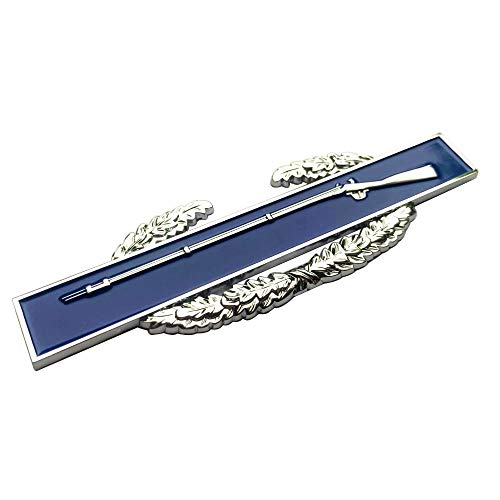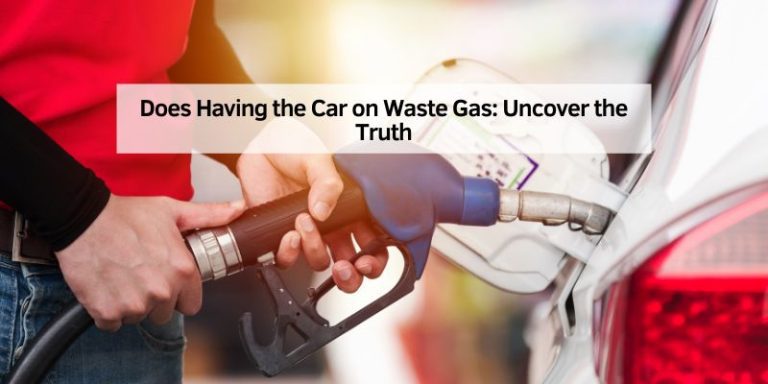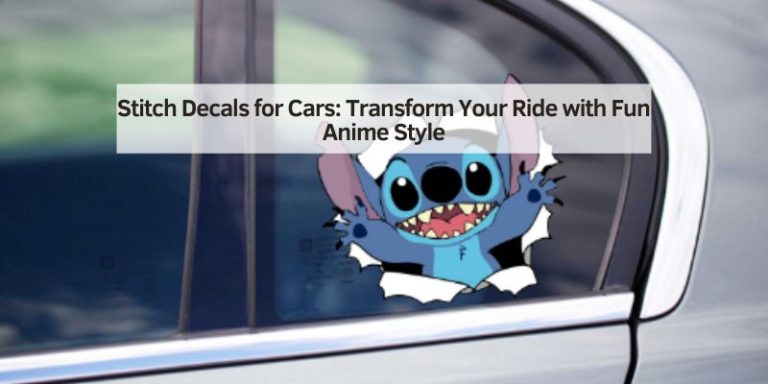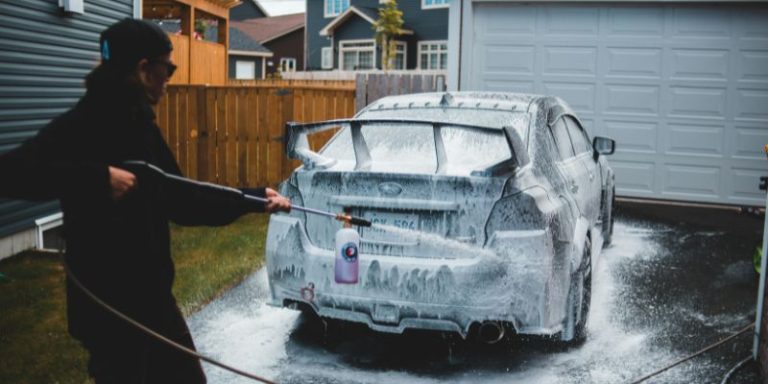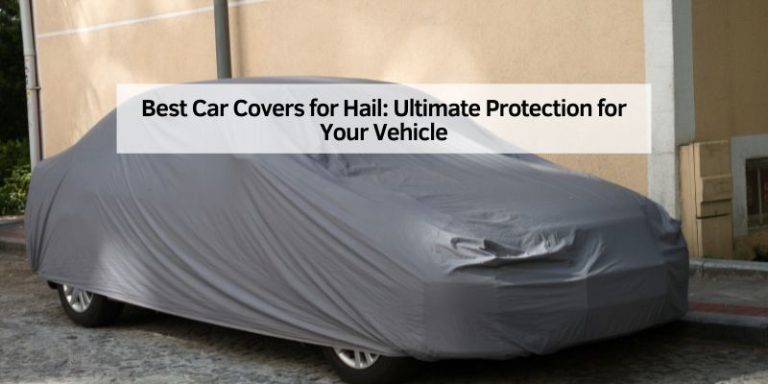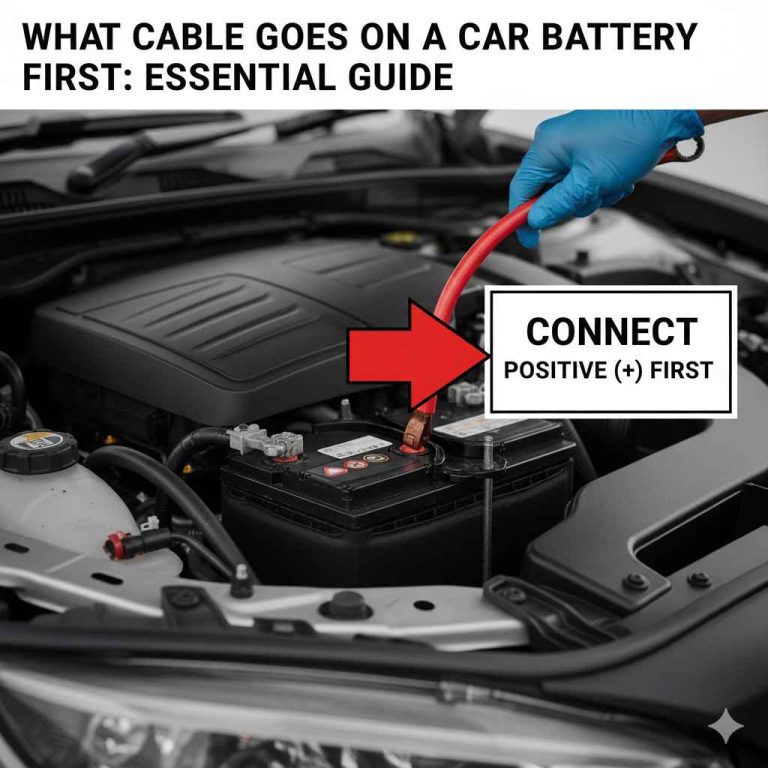Why Do Deer Run in Front of Cars: Unraveling the Mystery
Deer often run in front of cars due to sudden fear. They panic when caught in headlights.
This instinct leads them to dash across roads unexpectedly. Driving through wooded areas can be unpredictable. Deer are active, especially during dawn and dusk. Their behavior is driven by survival instincts. When threatened, they react quickly, sometimes without thinking. This can lead them to cross roads dangerously.
Car accidents involving deer are common in rural areas. Understanding why deer act this way is important. Drivers can be more cautious and aware. Roads near forests need extra attention. Knowing these patterns helps prevent accidents. It keeps both drivers and deer safe. Stay alert and drive carefully in deer zones.
Instinctive Behavior
Deer have strong instincts to survive. They often face danger in the wild. These instincts help them avoid threats. Cars on roads can confuse them. Deer might think a car is a predator. This makes them run suddenly.
Their brains react to danger very fast. It’s called the “fight or flight” response. Deer choose to run instead of fight. Running feels safer to them. This response is not a choice. It’s how they protect themselves.
In the wild, deer have many predators. Wolves, coyotes, and big cats hunt them. Deer must stay alert to survive. Cars are new threats they don’t understand well. Roads cut through their homes. This puts them in danger.
Environmental Factors
Deer live in forests and fields. But people build homes and roads there. This is called habitat encroachment. Deer lose their homes. They search for food and shelter. Roads cut through their paths. Deer cross roads more often. This is why they often end up in front of cars.
Cities grow. More roads and cars appear. Deer try to move away. But roads block their way. Traffic noise also scares them. They run to escape the noise. This can cause accidents. Busy roads confuse deer. They can’t find safe places. This makes them run in front of cars.
Seasonal Influences
Deer are very active during mating season. They search for mates day and night. Bucks chase does without caring for roads. This increases their chance of running into cars. Hormones make deer less careful. They focus only on finding a mate. This is why accidents increase in these months.
Deer move to find food and shelter. They migrate during certain months. Migration paths often cross roads. They follow the same paths every year. This leads to many deer on roads at the same time. Drivers must be extra careful during these periods. Be alert, especially at dawn and dusk.
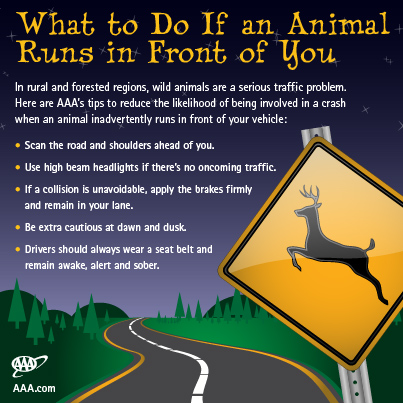
Credit: www.oklahomafarmreport.com
Sensory Perception
Deer have poor vision at night. They struggle to see far. Car headlights confuse them. Deer can’t see the car’s speed. This makes them run. They think they can escape danger. Fast movements make them panic. They feel trapped and scared.
Deer rely on hearing for safety. Loud engine noises confuse them. They react slowly to sounds. Cars move fast. Deer have little time to decide. Their natural instinct is to flee. Sudden sounds cause fear. They run to find safety.
Impact Of Human Activity
Roads cut through the deer’s natural home. This makes it hard for deer to move safely. They need to cross roads to find food and water. Deer do not understand cars. They see them as danger. Instinct makes them run, often into the road. Road development increases deer encounters with cars.
Deer move most at night. This is when they search for food. Car headlights confuse them. Bright lights can make deer freeze. This is called “deer in the headlights.” Poor lighting on roads makes it hard for drivers to see deer. Low visibility increases accidents. Deer may run into cars before they are seen.

Credit: www.pinterest.com
Preventive Measures
Drivers should always watch the road. Especially in areas with deer. Be extra careful during dusk and dawn. Deer move more at these times. Slow down in wooded areas. Use high beams when safe. This helps spot deer from far away. If you see one deer, look for others. They often travel in groups. Stay focused. Avoid distractions like phones.
Technology can help reduce deer accidents. Cars now have special tools. Deer whistles can warn animals. Some vehicles have night vision. This helps drivers see better at night. Sensors can detect animals near the road. These tools alert drivers. Automatic braking can stop the car if needed. Such technologies increase safety for all.
Wildlife Management Strategies
Fences help to keep deer off roads. They reduce accidents. Barriers guide deer away from traffic. High fences are effective. They cover long stretches. Barriers are placed near roads. They direct deer safely. Natural barriers like hedges can be used. They blend with the environment. Electric fences are sometimes used. They give small shocks. This keeps deer away.
Deer population can be managed. Hunting seasons are set. They control deer numbers. Natural predators help too. They keep the balance. Birth control methods exist. They limit births. Licenses are given to hunters. They hunt deer legally. Food availability affects deer numbers. Less food means fewer deer. Habitat management also helps. It keeps deer numbers steady.
Community Involvement
Public education campaigns help people know about deer behavior. They teach why deer run in front of cars. Schools, local groups, and even social media can spread this information. Videos and flyers are useful. They show safe driving tips and deer crossing areas. These campaigns make people drive slower in deer zones. This helps keep both deer and drivers safe.
Local initiatives are important for deer safety. Towns can put up signs in busy deer areas. Community meetings can teach people about deer. Some places use special lights to alert drivers. Local groups can work with animal experts too. These efforts help reduce deer accidents. Everyone can help by sharing what they learn. Together, communities can keep roads safe for all.
Frequently Asked Questions
How Do I Keep Deer From Running In Front Of My Car?
Install deer whistles on your vehicle to deter deer. Drive slowly in areas with high deer activity. Stay alert and watch for signs indicating deer crossings. Use high beams at night to spot deer earlier. Avoid swerving; brake firmly if a deer is in your path.
What Does A Deer Running In Front Of Your Car Symbolize?
A deer running in front of your car often symbolizes unexpected obstacles or changes. It can also represent a reminder to stay alert and cautious. Many believe it’s a sign to slow down and reflect on life’s current path. Embrace the moment and adjust accordingly.
What To Do If A Deer Runs In Front Of A Car?
Slow down and brake firmly without swerving. Honk to warn the deer. Let it pass before proceeding. Stay alert for more deer nearby.
Why Do Deer Get Hit By Cars So Much?
Deer get hit by cars often due to their unpredictable movement and increased activity during dawn and dusk. Roads near forests and mating seasons also heighten the risk. Drivers should stay alert in these areas to prevent collisions.
Conclusion
Deer running in front of cars is a common, yet dangerous event. Understanding their behavior helps drivers stay alert. Deer are unpredictable, especially during mating season. Stay cautious while driving, especially at night. Slow down in deer-prone areas. Watch for signs and use high beams when possible.
These steps can reduce accidents. Keeping safety in mind protects both you and the deer. Stay safe on the roads.


